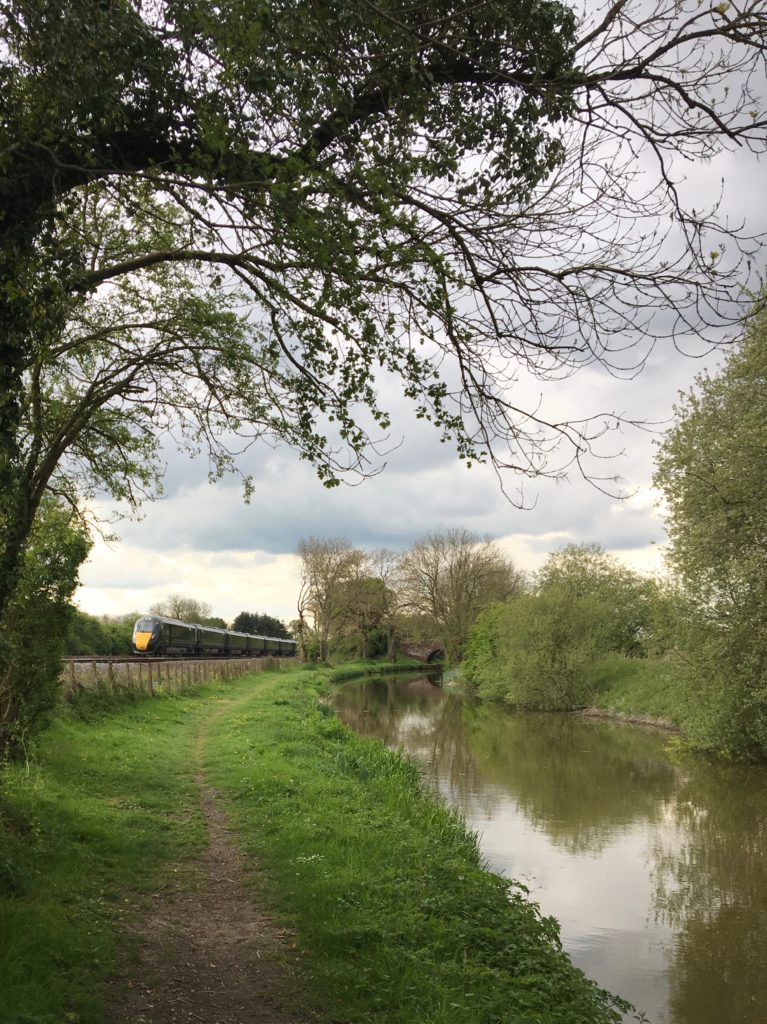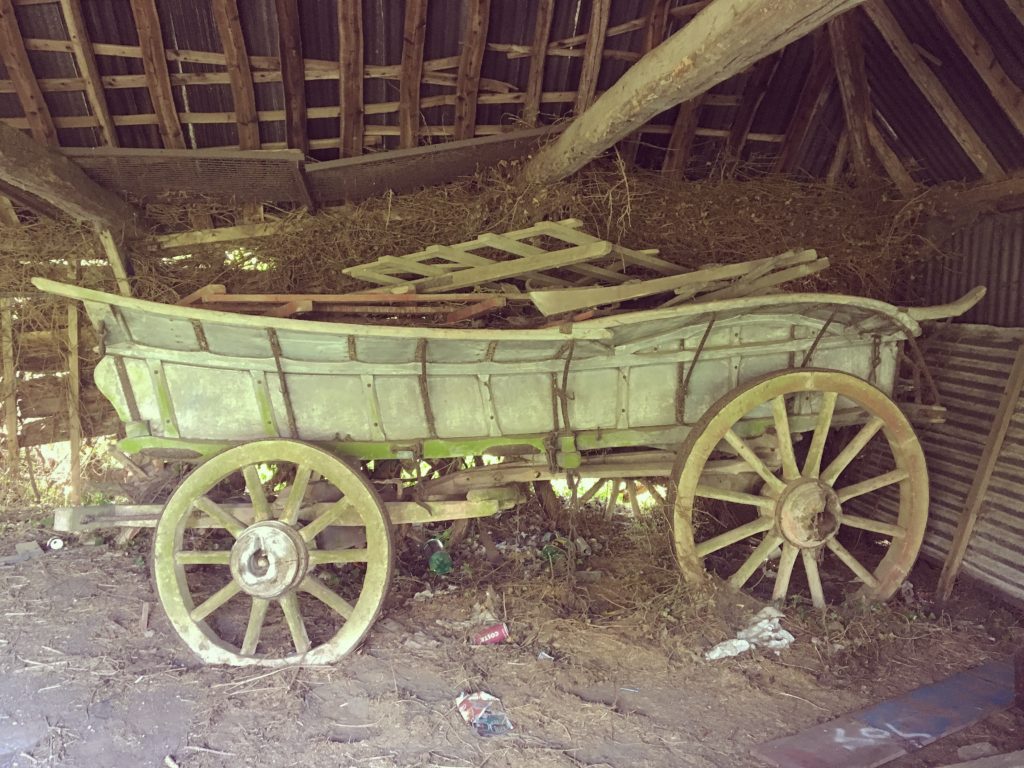Andrew Rumsey walks Wiltshire’s Vale of Pewsey, and delves into the area’s history

Sideburns of cow parsley bushing into the lane, you lean into the corners like Moss, Hawthorn or Hill: all those drivers with hedgerow names. Spring means motoring by faith, not by sight.
I’m due at Pewsey Wharf for the final leg of a fundraising walk, organised by Christian Aid. Over four days they have toured the Wiltshire white horses, finishing with the smallest – a modest pair of foals at Marlborough and Pewsey. Happily, it begins along the Kennet & Avon canal that veins west across the county from Reading. Blue on the map, brown on the land: a scratch or scar, unhurriedly scored into Wessex between 1724 and 1810. The notorious chain of locks at Caen Hill was the last stretch to be built – a staggering staircase of twenty-nine, over two miles. It takes a full day to fall 237 feet through their yawning doors, but this still made the Kennet and Avon – part canal, part navigable river – faster to Bath than the stagecoach. The age of acceleration was beginning: just yards from the towpath lance the dark green Hitachis of the Great Western Railway, following the line sketched by Brunel as he trudged these fields with his theodolite.
There is nothing you could call a current here – just a slight drift, reflecting the landscape in sepia. Symmetrical trees, seen through this silted filter; the rippling reply of your boots under each bridge: the canal is a constant commentary, a gloss on the usual paths. The dogged re-digging of our inland waterways – half a century of voluntary spadework – has been an immense unearthing, the purpose of which is interesting to ponder. Was it radical or reactionary? Alternative or conservative? Any such recovery is a social critique: seeking to reclaim something lost or denied. To abide by the water, like the rope-bound homes along this reach, involves a conscious step aside from progress.
The Vale of Pewsey embodies these views, these tensions. Parliamentarian in the English Civil War, Wiltshire was considered pivotal for the Royalist cause and the Battles of Marlborough and Roundway Down were fought nearby – the former being reclaimed for the king in 1642. The walls of St Mary’s Church in Marlborough are still musket-pocked from the conflict. William Cobbett, one of my co-walkers informs me, passed through Pewsey on his polemical tour of agricultural conditions, written up as Rural Rides. “In taking my leave of this beautiful vale”, commented Cobbett in 1826, “I have to express my deep shame, as an Englishman, at beholding the general extreme poverty of those who cause this vale to produce such quantities of food and raiment. This is, I verily believe it, the worst used labouring people upon the face of the earth. Dogs and hogs and horses are treated with more civility”. Unsurprising then, that, four years later, his simmering valley became the county’s flashpoint for the Swing riots – when farm workers, like Samson’s foxes, burned up the shocks, set torches to the hayricks and destroyed the threshing machines, loathed for their labour-saving innovation.

Looping away from the walk – and its riverine reverie – I pass back through Pewsey village, pausing to snoop in a collapsing barn often sighted from the road. Astonishingly, among the rusting seed drills stands an abandoned nineteenth-century hay wain: parked like a protest against time.
*
This piece originally appeared on Andrew’s blog Down in The Effra. You can follow Andrew on Twitter here.